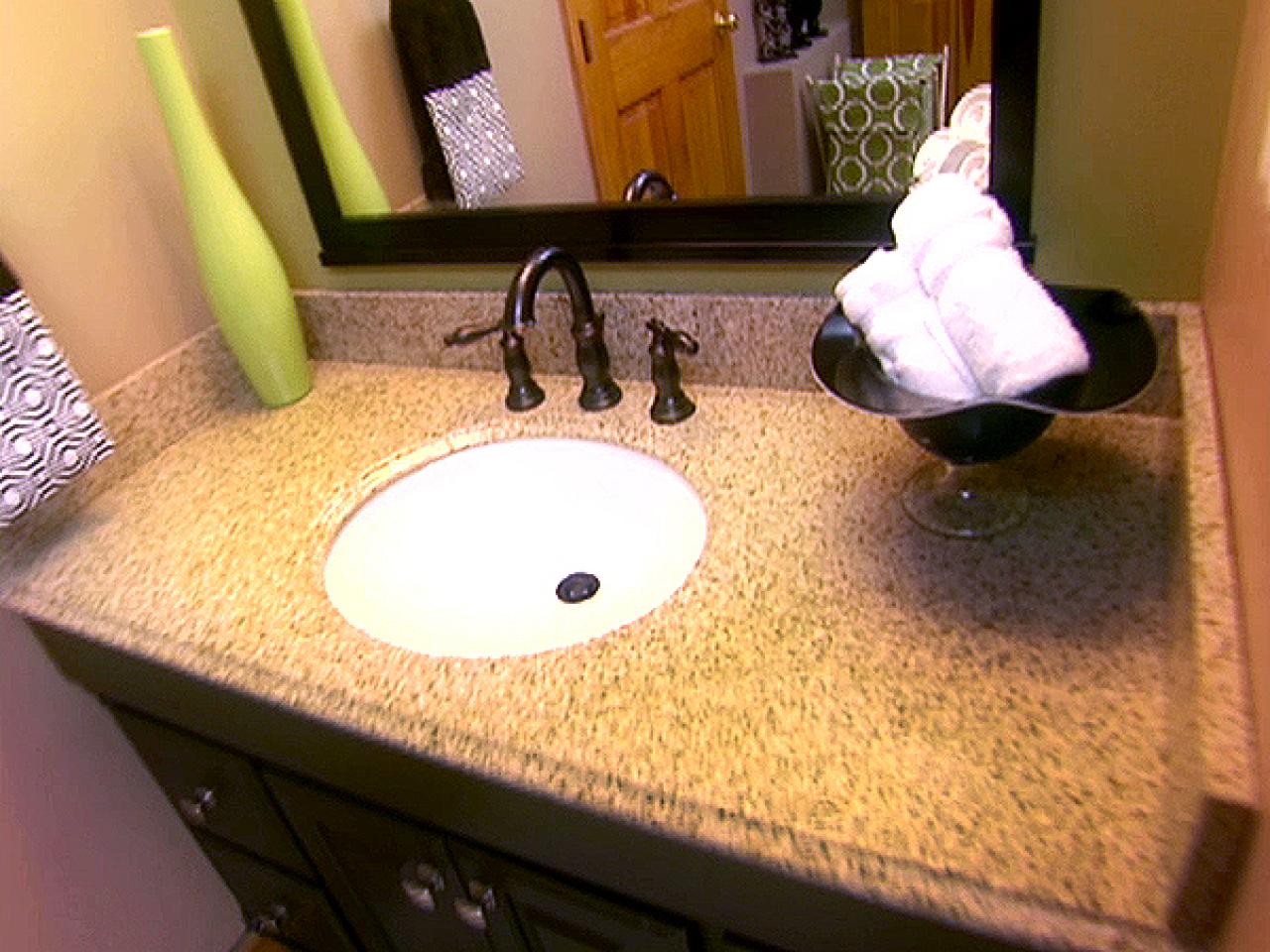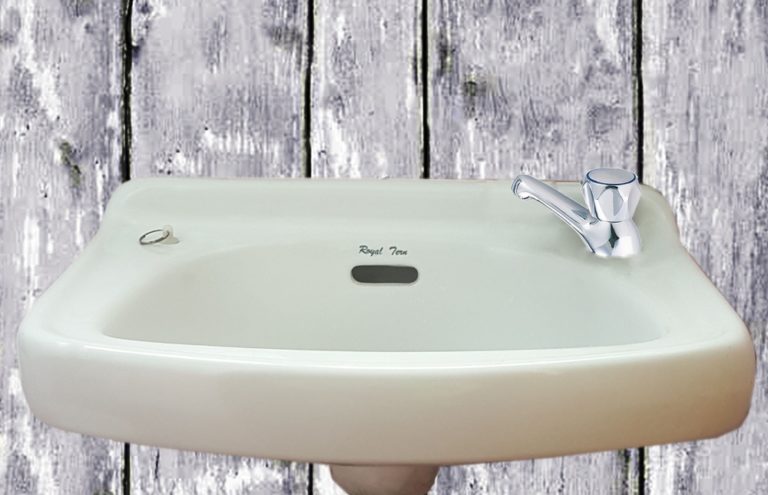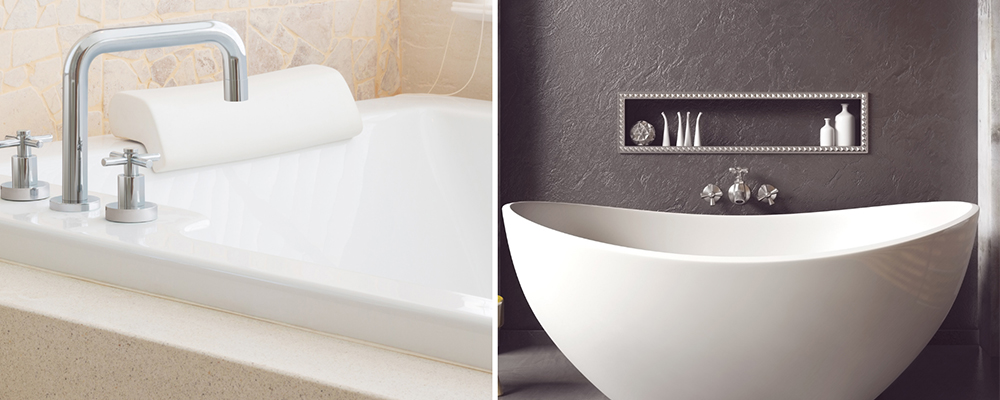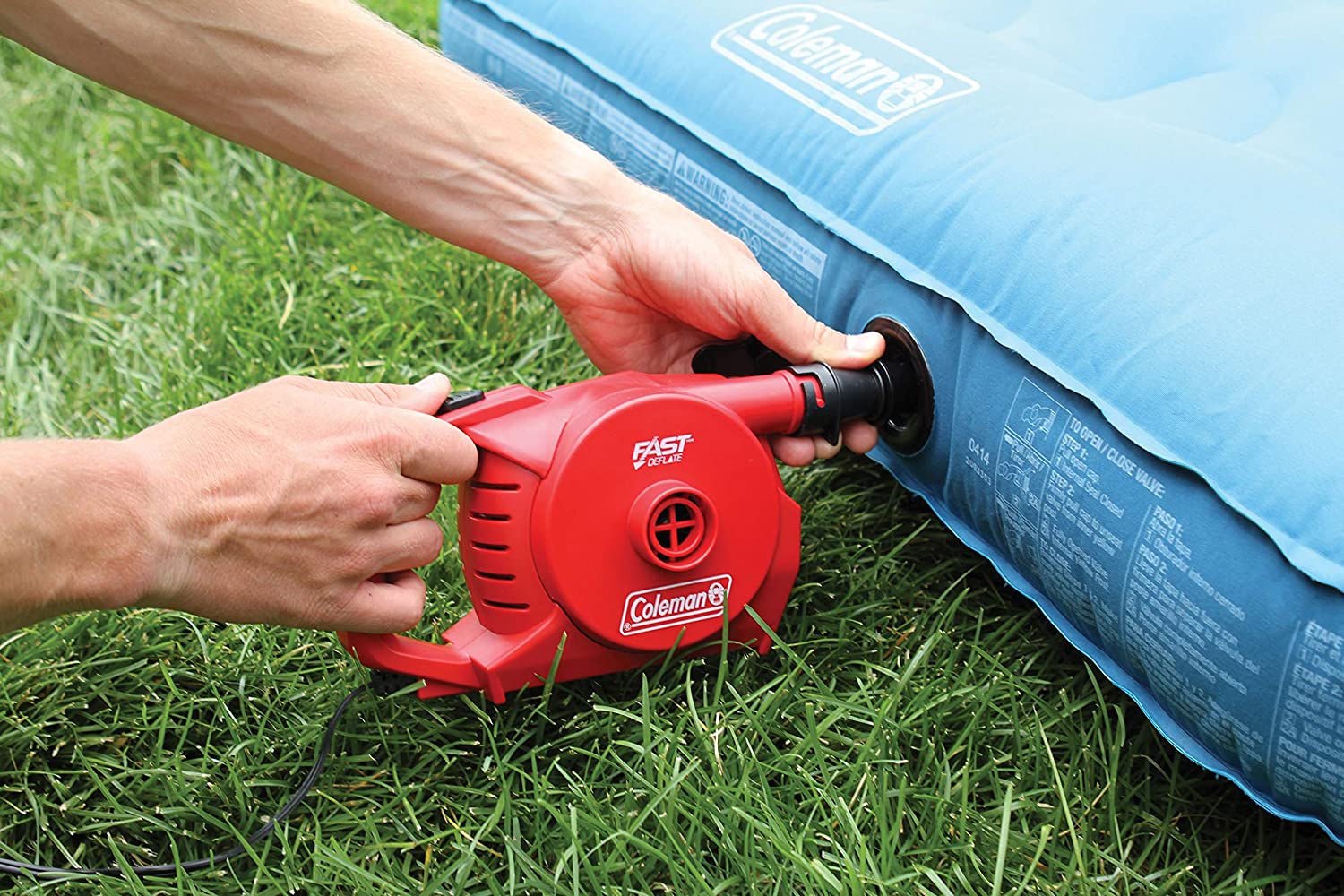Replacing a Bathroom Sink: Is it a Difficult Task?
When it comes to home renovations, one of the most common tasks is replacing a bathroom sink. Whether it's due to an outdated design or a damaged sink, this project can give your bathroom a fresh new look. However, many homeowners wonder if it's a difficult task and if they can do it themselves. In this article, we'll discuss the difficulty level of replacing a bathroom sink and provide you with tips and tricks to make the process easier.
How to Replace a Bathroom Sink: A Step-by-Step Guide
Replacing a bathroom sink may seem like a daunting task, but with the right tools and a little know-how, you can do it yourself. Before you begin, make sure to turn off the water supply to the sink and gather all the necessary tools and materials. Then, follow these simple steps:
1. Remove the old sink: Start by removing the old sink and disconnecting the plumbing. Use a bucket to catch any excess water and remove the sink from the countertop.
2. Install the new sink: Place the new sink in the designated spot on the countertop and secure it with clips or adhesive. Make sure the sink is level before moving on to the next step.
3. Connect the plumbing: Reconnect the plumbing by attaching the drain and water supply lines to the new sink. Make sure everything is tight and secure.
4. Install the faucet: If you're replacing the faucet as well, follow the manufacturer's instructions to install it properly.
5. Reconnect the water supply: Turn the water supply back on and check for any leaks. If there are any, tighten the connections until the leak stops.
DIY Bathroom Sink Replacement: Tips and Tricks
Now that you know the basic steps to replace a bathroom sink, here are some tips and tricks to make the process easier:
- Before starting, make sure to measure the new sink and the space it needs to fit in. This will ensure you purchase the right size sink and avoid any installation issues.
- Use a silicone sealant around the edges of the sink to prevent any water from seeping into the countertop.
- If your new sink has a different layout than your old one, you may need to adjust the plumbing to fit the new sink. It's always best to consult a professional plumber for this task.
- If you're installing a pedestal sink, make sure to secure it to the wall for added stability.
- Don't forget to turn off the water supply before starting the installation process to avoid any accidents.
Replacing a Bathroom Sink: Common Mistakes to Avoid
While replacing a bathroom sink may seem like a simple task, there are some common mistakes that homeowners make. These mistakes can result in a faulty installation and even cause damage to your bathroom. Here are some mistakes to avoid:
- Not turning off the water supply before starting the installation process.
- Not properly securing the sink to the countertop, which can result in a wobbly sink.
- Forgetting to use a sealant around the edges of the sink, which can lead to water damage.
- Using the wrong size sink or not measuring properly before purchasing a new sink.
- Not consulting a professional plumber for complex installations or adjustments to the plumbing.
Is it Hard to Replace a Bathroom Sink? Expert Advice
Replacing a bathroom sink can vary in difficulty depending on the type of sink and your level of experience. While some homeowners may find it easy, others may struggle with the installation process. If you're unsure about your abilities, it's always best to consult a professional plumber. They have the knowledge and experience to complete the task efficiently and effectively.
Replacing a Bathroom Sink: Tools and Materials You'll Need
To replace a bathroom sink, you'll need the following tools and materials:
- Wrench
- Screwdriver
- Bucket
- Silicone sealant
- Plumbers putty
- New sink and faucet (if necessary)
- Clips or adhesive for securing the sink
How Long Does it Take to Replace a Bathroom Sink?
The time it takes to replace a bathroom sink can vary depending on the complexity of the project and your level of experience. On average, it can take anywhere from 1-3 hours to complete the installation process.
Replacing a Bathroom Sink: Cost Breakdown
The cost of replacing a bathroom sink can range from $200 to $500, depending on the type of sink and faucet you choose. If you hire a professional plumber, the cost can increase by $100 to $200 for labor fees. However, doing it yourself can save you money on labor costs.
Is it Hard to Replace a Bathroom Sink? Pros and Cons
There are pros and cons to replacing a bathroom sink yourself. On one hand, you can save money on labor costs and have the satisfaction of completing a home improvement project. On the other hand, it can be a time-consuming and potentially difficult task, especially if you have little experience with plumbing. If you're unsure about your abilities, it's always best to hire a professional.
Replacing a Bathroom Sink: When to Hire a Professional
While replacing a bathroom sink can be a DIY project, there are certain situations where it's best to hire a professional plumber:
- If the installation requires adjustments to the plumbing.
- If you're not confident in your abilities to complete the task.
- If the installation is complex or requires specialized tools.
- If the sink is a pedestal sink, as it requires extra support and proper installation to avoid any accidents.
Overall, replacing a bathroom sink can be a challenging task, but with the right tools and knowledge, you can do it yourself. However, if you're unsure about your abilities, it's always best to hire a professional plumber for a hassle-free installation. With a new sink in place, your bathroom will have a fresh, updated look in no time.
Why Replacing a Bathroom Sink Can Be a Challenging Task

The Importance of a Bathroom Sink
 A bathroom sink is an essential element in any household. It is not only a functional part of a bathroom but also a crucial design element. A well-chosen sink can enhance the overall appearance and functionality of a bathroom. However, like any other household item, a sink may eventually need to be replaced due to wear and tear or a desire to upgrade to a more modern look. While many homeowners may opt to replace their bathroom sink themselves, it is important to understand that this may not be an easy task.
A bathroom sink is an essential element in any household. It is not only a functional part of a bathroom but also a crucial design element. A well-chosen sink can enhance the overall appearance and functionality of a bathroom. However, like any other household item, a sink may eventually need to be replaced due to wear and tear or a desire to upgrade to a more modern look. While many homeowners may opt to replace their bathroom sink themselves, it is important to understand that this may not be an easy task.
The Complexity of Bathroom Sink Replacement
 Replacing a bathroom sink is not as simple as just removing the old one and installing a new one.
There are several factors that need to be considered, such as the plumbing, the type of sink, and the size of the sink. Additionally, the process of removing and installing a sink involves several steps, including turning off the water supply, disconnecting the old sink, and properly installing the new sink. This process can be time-consuming and requires a certain level of skill and knowledge.
Replacing a bathroom sink is not as simple as just removing the old one and installing a new one.
There are several factors that need to be considered, such as the plumbing, the type of sink, and the size of the sink. Additionally, the process of removing and installing a sink involves several steps, including turning off the water supply, disconnecting the old sink, and properly installing the new sink. This process can be time-consuming and requires a certain level of skill and knowledge.
Dealing with Plumbing
 One of the most challenging aspects of replacing a bathroom sink is dealing with the plumbing.
The plumbing in a bathroom sink is not only responsible for supplying fresh water but also for draining wastewater away.
Any mistakes made during the installation process can lead to leaks, which can cause damage to the surrounding areas. It is crucial to have a good understanding of plumbing and have the necessary tools to successfully complete the job.
One of the most challenging aspects of replacing a bathroom sink is dealing with the plumbing.
The plumbing in a bathroom sink is not only responsible for supplying fresh water but also for draining wastewater away.
Any mistakes made during the installation process can lead to leaks, which can cause damage to the surrounding areas. It is crucial to have a good understanding of plumbing and have the necessary tools to successfully complete the job.
The Size and Type of Sink
 Another factor that can make replacing a bathroom sink difficult is the size and type of sink. There are various types of sinks available, such as pedestal sinks, wall-mounted sinks, and vanity sinks. Each type has its own unique installation process, and the size of the sink also plays a significant role in the complexity of the replacement process.
Choosing the wrong size or type of sink can result in an ill-fitting or unstable installation, which can be both frustrating and costly to fix.
Another factor that can make replacing a bathroom sink difficult is the size and type of sink. There are various types of sinks available, such as pedestal sinks, wall-mounted sinks, and vanity sinks. Each type has its own unique installation process, and the size of the sink also plays a significant role in the complexity of the replacement process.
Choosing the wrong size or type of sink can result in an ill-fitting or unstable installation, which can be both frustrating and costly to fix.
The Benefits of Hiring a Professional
 While it may be tempting to save money by attempting to replace a bathroom sink yourself, it is often best to leave this task to a professional.
A professional plumber or handyman has the necessary skills, tools, and knowledge to properly install a new bathroom sink with minimal hassle. They can also ensure that the plumbing is correctly connected, reducing the risk of leaks and potential damage to your home.
In conclusion, while it may seem like a simple task, replacing a bathroom sink can actually be quite challenging.
It is important to understand the complexity of the process and the potential risks involved in attempting it yourself.
Hiring a professional can not only save you time and effort but also ensure a proper and long-lasting installation. So, the next time you consider replacing your bathroom sink, consider the benefits of hiring a professional. Your bathroom and your peace of mind will thank you.
While it may be tempting to save money by attempting to replace a bathroom sink yourself, it is often best to leave this task to a professional.
A professional plumber or handyman has the necessary skills, tools, and knowledge to properly install a new bathroom sink with minimal hassle. They can also ensure that the plumbing is correctly connected, reducing the risk of leaks and potential damage to your home.
In conclusion, while it may seem like a simple task, replacing a bathroom sink can actually be quite challenging.
It is important to understand the complexity of the process and the potential risks involved in attempting it yourself.
Hiring a professional can not only save you time and effort but also ensure a proper and long-lasting installation. So, the next time you consider replacing your bathroom sink, consider the benefits of hiring a professional. Your bathroom and your peace of mind will thank you.





































































/Basic-kitchen-sink-types-1821207_color_rev-0b539306b9ef4236a136624ad2a89a4c.jpg)














